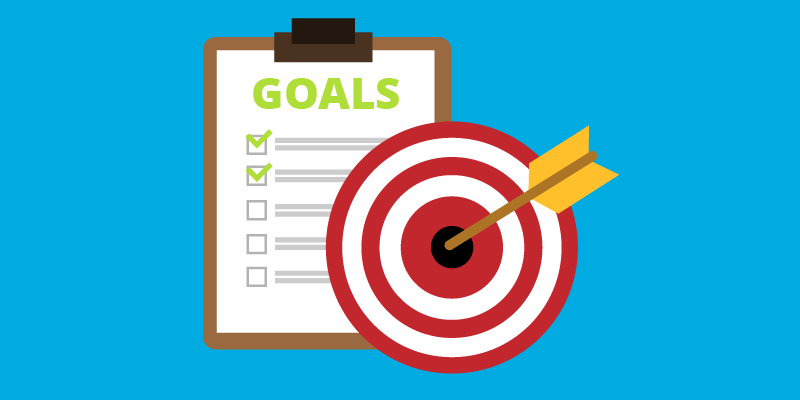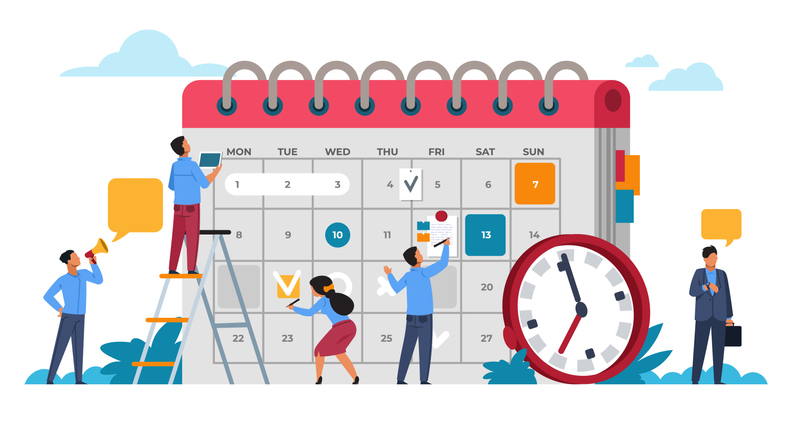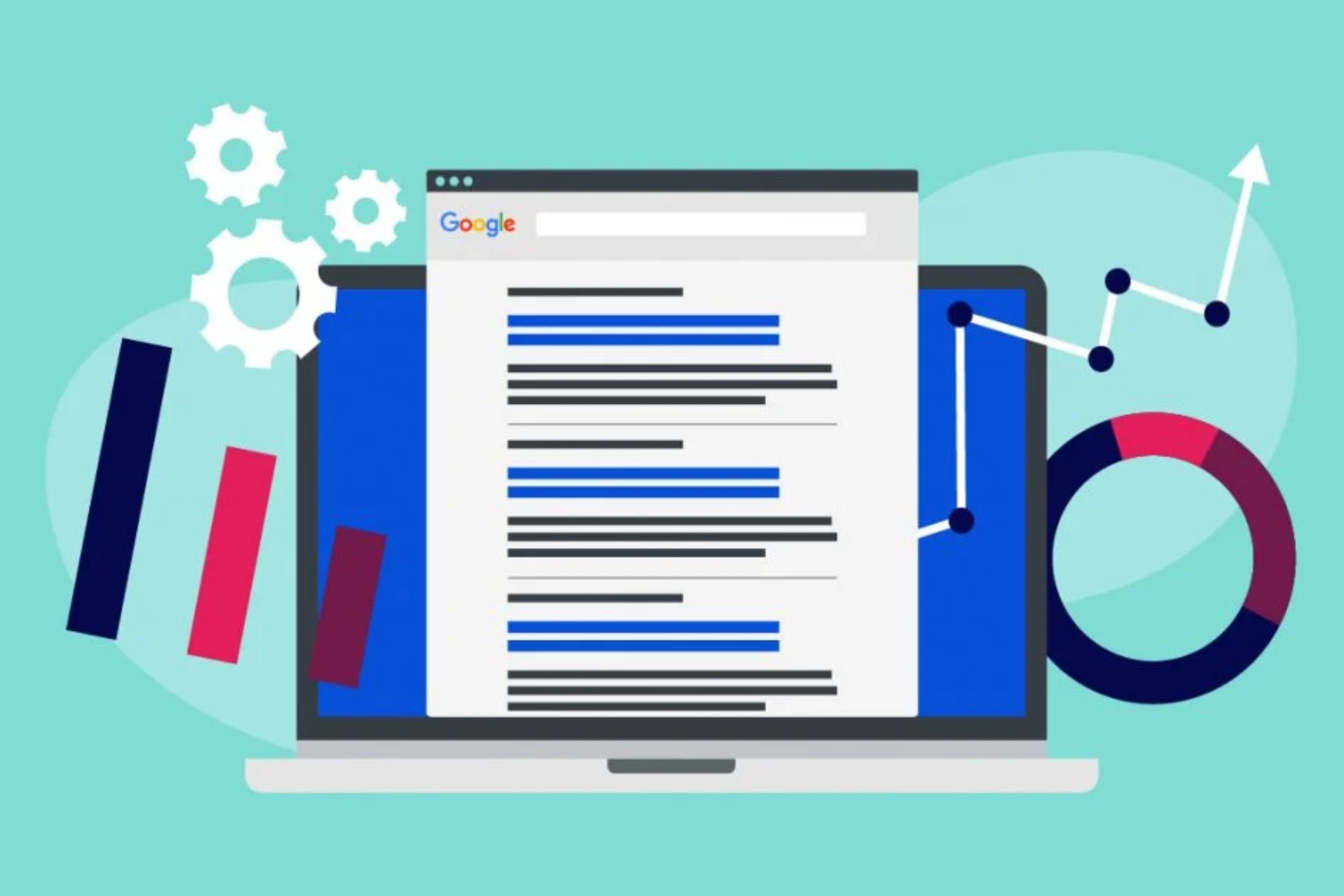In today's digital age, content marketingis one of the most effective ways to attract, engage, and retain customers. However, with so much contentbeing produced every day, it can be challenging to stand out and make an impact.
That's why it's essential to have a content strategyin place that is not only focused but also helpful to your target audience. In this article, we will explore how tobuild a 'helpful' content strategy for 2023.
Understanding Your Target Audience
The first step in creating a helpful content strategy is to understand your target audience. Who are they? What are their pain points? What kind of information are they searching for?
Answering these questions will help you create content that resonates with your audience and provides them with valuable information.
You can use tools such as Google Analyticsand social mediaanalytics to gain insights into your audience's behavior, preferences, and interests.
Identifying Your Content Goals
Once you understand your target audience, the next step is to identify your content goals. What do you want to achieve with your content?
Is it to generate leads, increase website traffic, or improve brand awareness? Knowing your goals will help you create content that aligns with your overall businessobjectives. You should also establish KPIs (key performance indicators) to measure the success of your content marketing efforts.
Creating A Content Calendar
A content calendar is a schedule that outlines the topics, formats, and channels for your content. It helps you stay organized and ensures that you are consistently producing content that aligns with your goals and resonates with your target audience.
When creating a content calendar, consider the following:
- Topics:Choose topics that are relevant to your audience and aligned with your businessobjectives.
- Formats:Decide on the type of content you will create, such as blog posts, videos, infographics, or social media posts.
- Channels:Determine where you will publish your content, such as your website, social media platforms, or email newsletters.
- Frequency:Decide how often you will publish content, such as weekly, bi-weekly, or monthly.
Choosing The Right Content Types
The type of content you produce can have a significant impact on your content marketing success. Some content types that are proven to be effective include:
- Educational Content:Educational content provides your audience with valuable information that helps them solve a problem or achieve a goal. Examples include how-to guides, tutorials, and industry reports.
- Entertaining Content:Entertaining content is engaging, fun, and often shareable. Examples include memes, quizzes, and social media challenges.
- Emotional Content:Emotional content resonates with your audience on a personal level, often by telling a story or addressing a common pain point. Examples include testimonials, case studies, and personal narratives.
Optimizing Your Content For Search Engines
Search engine optimization(SEO) is the practice of optimizing your content to rank higher in search engineresults pages (SERPs).
Optimizing your content for SEOcan help you attract more organic traffic to your website and increase your online visibility. Some best practices for optimizing your content for SEOinclude:
- Conducting keyword research to identify relevant keywords and phrases to include in your content.
- Writing compelling headlines and meta descriptionsthat include your target keywords.
- Optimizing your content structure, including using headers and subheaders, makes it easier for search engines to understand your content.
- Including internal and external linksin your content to improve your website's authority.
How To Leverage User-Generated Content To Boost Your Content Strategy And Build Brand Loyalty In 2023
User-generated content (UGC) is any form of content created by consumers, including reviews, testimonials, social media posts, and more. UGC can be a powerful tool for building brand loyalty and boosting your content strategy.
In this part, we'll explore how to leverage user-generated content to achieve these goals in 2023.
Encourage User-Generated Content Creation
One of the best ways to leverage user-generated content is to encourage your customers to create it. You can do this by launching a social media campaignthat encourages customers to share their experiences with your product or service.
You can also use email marketingto request customer reviews or feedback. By incentivizing customers to create UGC, you'll have a steady stream of content to use in your marketing efforts.
Curate And Share User-Generated Content
Once you've encouraged customers to create UGC, it's time to curate and share that content. Curating UGC involves selecting the best content and featuring it on your website, social media channels, or other marketing materials.
Sharing UGC shows that you value your customers' opinions and experiences, which can help build brand loyalty.
When curating and sharing UGC, be sure to give credit to the creator and ask for their permission before sharing. You can also use tools like hashtags to organize UGC and make it easier to find and share.
Use User-Generated Content In Your Content Strategy

What Is User Generated Content and Can It Help Your Business? | The Journey
Incorporating user-generated content into your content strategy can help you create more authentic and engaging content. For example, you can use UGC in your social media posts or incorporate customer reviews into your product pages.
You can also use UGC to create case studies or testimonials that showcase the benefits of your product or service.
By using UGC in your content strategy, you'll not only create more engaging content but also establish social proof, which can help build trust and credibility with your target audience.
People Also Ask
How Can User-generated Content Improve My Content Strategy?
User-generated content (UGC) can improve your content strategy by providing authentic and engaging content that resonates with your target audience. UGC also helps build brand loyalty and establish social proof, which can increase trust and credibility with your audience.
What Are Some Examples Of User-generated Content?
Some examples of user-generated content include customer reviews, social media posts, blog comments, and testimonials. UGC can also take the form of photos, videos, and other types of multimedia content.
Is User-generated Content Effective In Building Brand Trust?
Yes, user-generated content is effective in building brand trust as it provides social proof and authentic experiences from real customers. This can increase the credibility of your brand and build trust with your target audience.
Conclusion
Building a helpful content strategy is crucial to the success of your content marketing efforts in 2023. By understanding your target audience, identifying your content goals, creating a content calendar, and leveraging user-generated content, you can create a content strategy that resonates with your audience and drives business results.



